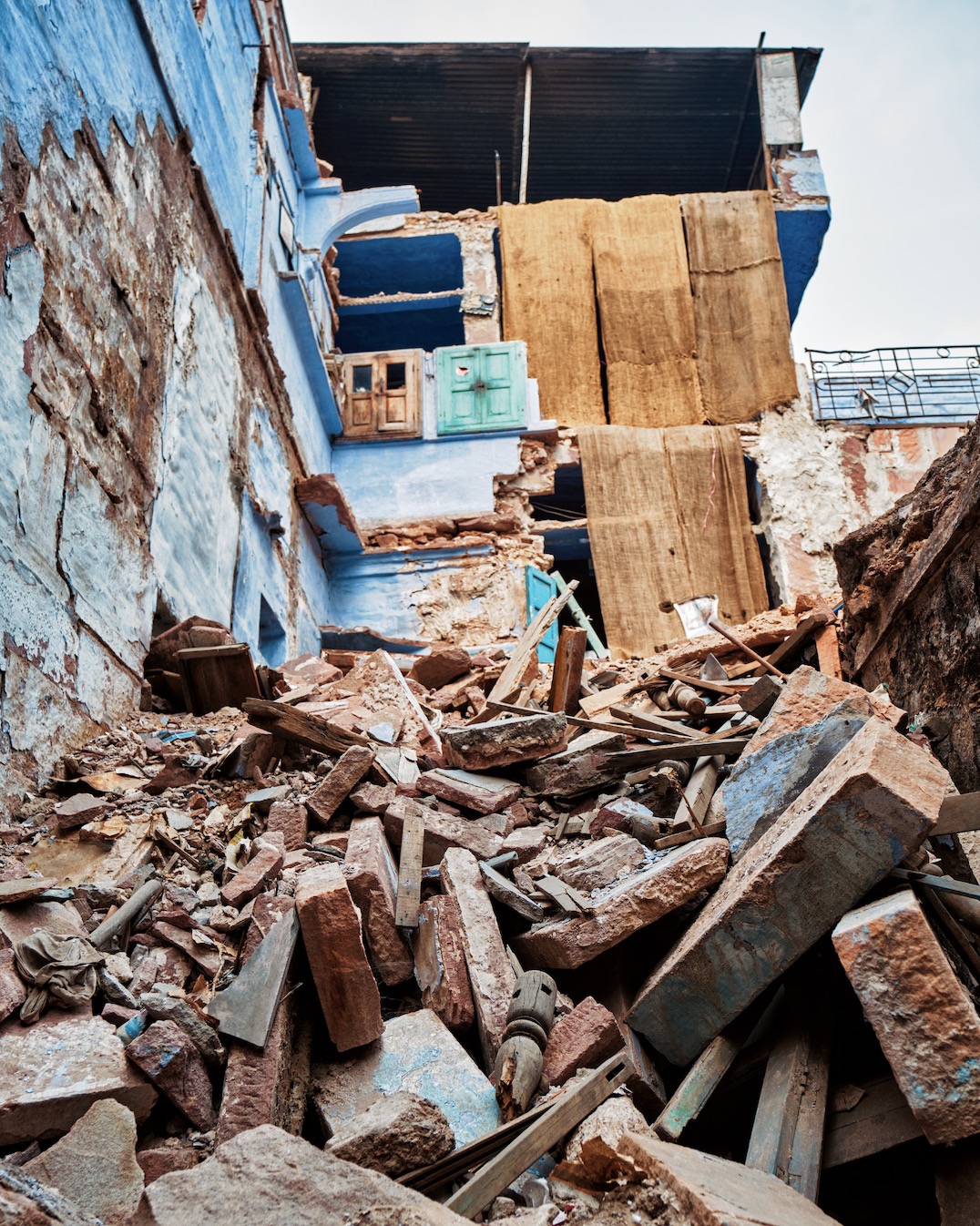What Are the 6 Effects of Desertification? The six effects of desertification are: What Are the 6 Effects of Desertification? Desertification is a significant...
What is the impact of Coriolis force and latent heat on the development of tropical cyclones?
The Impact of Coriolis Force and Latent Heat on Tropical Cyclones
Coriolis Force: The Spin Master
- What it is: The Coriolis force is more like an effect rather than an actual push or pull. It’s all about how the Earth’s rotation makes things move in a curved path instead of straight.
- Role in Cyclones: This curve-ball effect is crucial for giving tropical cyclones their spin. As warm air rises and tries to move straight, the Earth’s spin tweaks its path, leading to the spiral or the twirl we see in cyclones.
Latent Heat: The Powerhouse
- What it is: Imagine latent heat as the secret energy source hidden within water vapor. When water evaporates, it sucks up heat from its surroundings, holding onto it until it condenses back into liquid.
- Role in Cyclones: As this vapor turns back into rain within the cyclone, it releases the stored heat, giving a massive energy boost to the storm. This process not only warms the air, making it rise faster but also pulls in more air and moisture, fueling the storm’s growth and intensity.

In Simple Terms
- The Coriolis force is like the dance instructor, teaching the storm to spin with grace.
- Latent heat is the DJ, pumping energy into the storm, keeping the party going stronger and longer.
Key Facts
Together, these two forces are behind the birth and brute strength of tropical cyclones. They’re nature’s own twist and shout, bringing about these mighty storms.
- Coriolis Force Essentials: Not a real force, but an effect of the Earth’s rotation causing wind paths to curve, critical for that cyclone spin.
- Role in Spin: The Coriolis force acts as the choreographer, ensuring tropical cyclones get their signature twirl, vital for their development.
- Latent Heat Explained: The hidden energy within water vapor, snatched up during evaporation and released during condensation.
- Power Source: Latent heat is the turbo boost for cyclones, releasing energy that warms air, propelling the storm’s growth by pulling in more moist air.
- The Dance Duo: Coriolis force and latent heat work together like a dance duo, with the Coriolis effect leading the twirl and latent heat keeping the rhythm.
- Growth Mechanism: Latent heat’s release during condensation not only fuels the storm but also encourages more air to rise and spin, feeding the cyclone.
- Impact on Cyclones: These two elements are fundamental in transforming a mere tropical disturbance into a full-blown cyclone, dictating its strength and lifespan.
Together, they play a pivotal role in the drama of tropical cyclone formation, making them both fascinating and formidable forces of nature.







